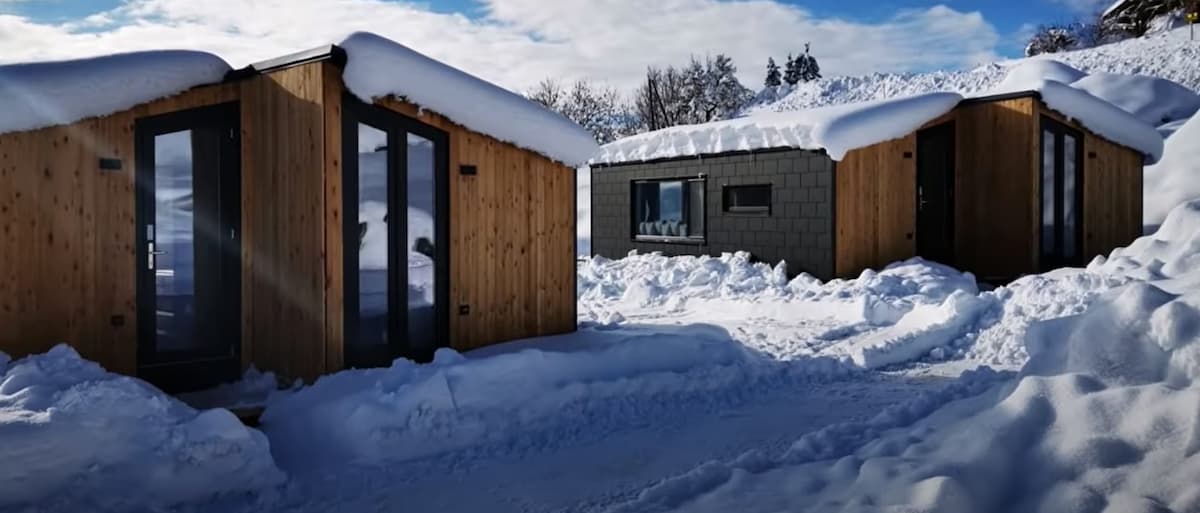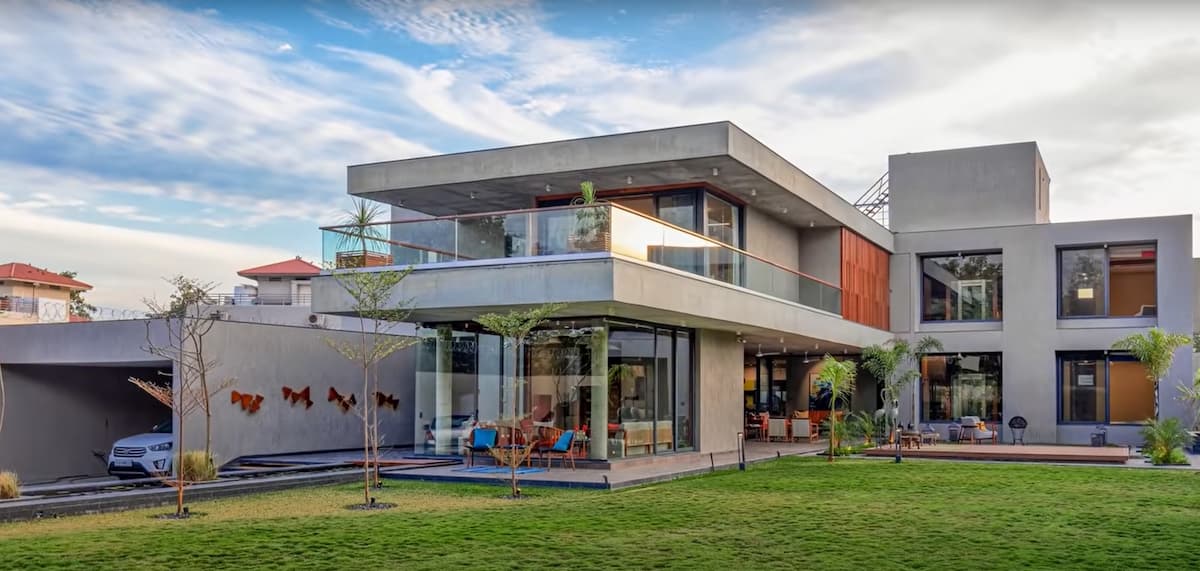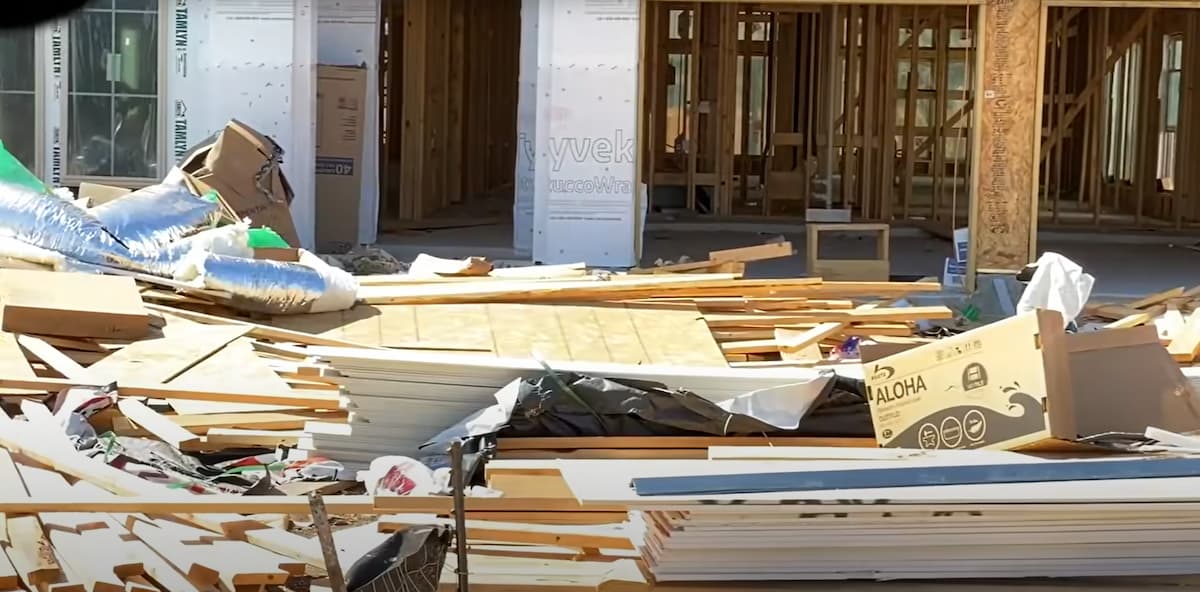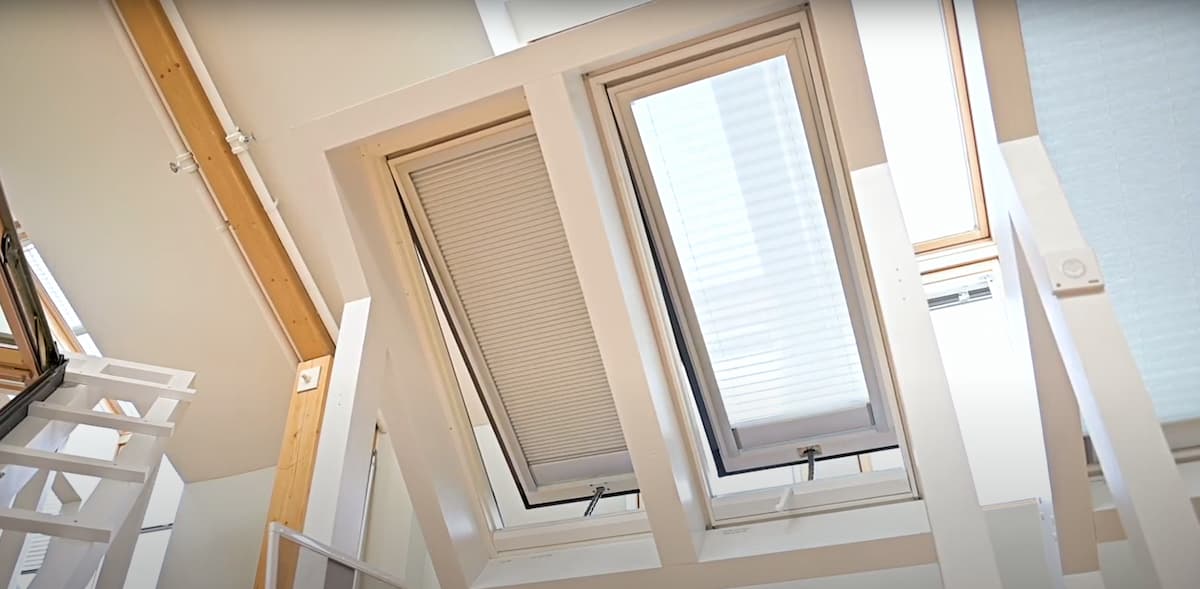Kit homes have been gaining popularity in recent years as a result of their modern designs, energy efficiency, and price. Furthermore, kit homes allow homeowners to take part in the construction process, which may be an exciting experience for some.
A frequent misconception is that a kit home is the same as a modular house. While both utilize off-site construction techniques, they are priced, delivered, and installed differently on site. Because of this, modular homes provide clients with more choice, greater financial alternatives, and fewer time limitations over kit homes.
A kit house may be the ideal choice for you if you’re designing a new property. Whether it’s big or little, a kit home might be the answer to your prayers. But what exactly is a kit house, and why could you consider one? Continue reading to discover all there is to know about them.
What are Kit Homes?
The term “kit home” refers to a house where the majority of the major components, such as the framing, are prefabricated in a factory and then delivered to your site for completion. As a result, it’s been referred to as a “large kit.” The frame of the kit home is constructed of either treated pine or steel, depending on the design of the house, your personal taste, and your entire financial situation.
Kit homes have several advantages that might make them a fantastic alternative for you. The following are some of their benefits:
- Kit homes are far less expensive to purchase and erect than comparable structures since they are extremely cost-effective.
- As an owner-builder, you may build the kit home yourself (saving money because you don’t have to pay for builders)
- There are many different styles to select from, and you may also build your own design from the ground up.
- You can choose from a variety of cladding materials, including brick, weatherboards, concrete panels, renderings, and so on.
- The houses have a low carbon footprint since the frames are composed of sustainable treated pine or completely recyclable steel.
- Every stage of the construction process can be covered.
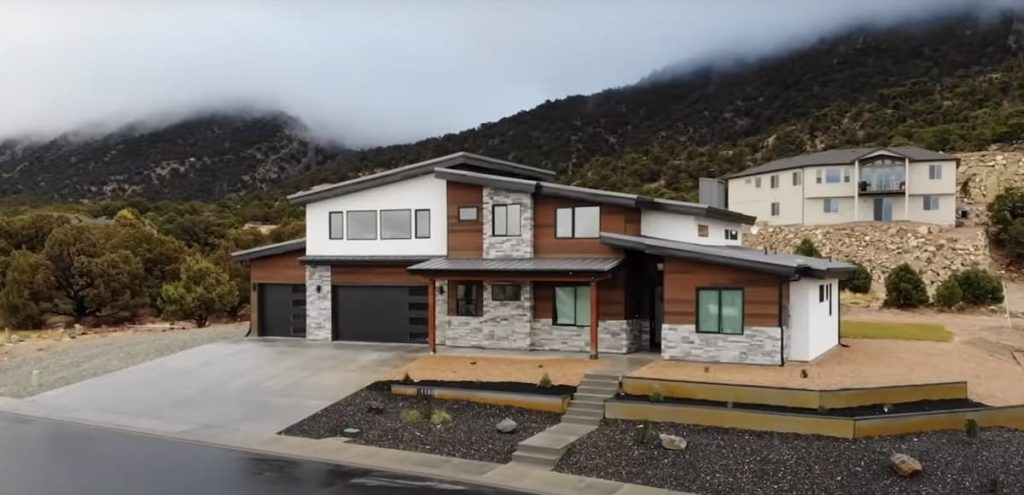
Which Kit Home to Choose?
If you’re looking for a kit house to live in, the good news is that there are many different alternatives. You may pick from granny flats, villas, one-story homes, or two-story houses with any sort of pitched roofs, flat roofs, or sloping roofs you like. There are also several distinct house types available, such as entertainers and chalets.
Modular vs Kit Homes
You may have considered a modular house, kit homes, or flat-pack houses and wondered what the differences are. There’s something to be said for all choices, with price, effort, and desired aesthetic of the home all playing significant roles in your selection. The cost of a kit house versus a modular home may appear to be different at first, but when you consider the expense of constructing each and every one until you’re ready to move in, the differences are minimal.
So, what are you searching for in a new home or extension? Are environmental features necessary? Do you have the time or resources to oversee the construction project? Are you looking for the freedom to adapt it yourself?
Which is Considered an Economical Option?
Before making any decisions, do your homework and talk to a few modular and kit house manufacturers. When modular homes or prefabricated houses are delivered to your home, they are already halfway built. On the other hand, Kit houses are generally delivered partially built, although to finish the home, you’ll need to hire a builder or complete an owner builder’s course. An owner-builder construction loan might be available to help finance your home. Kit homes and modular houses are different in that prefabricated houses come with instructions on how to build them, whereas kit house materials need to be assembled by you.
The majority of prefabricated homes and kit homes aren’t transported fully built because this allows for a far lower shipping cost, which means these are the most cost-effective alternatives. The factory building process also ensures that it’s built properly, so you know if there are any defects or problems with the home prior to moving in. A qualified and licensed builder may have the ability to erect modular homes, but if you’re hiring a builder, it’s important that they are skilled in building prefabricated houses since kit homes are different from regular custom-built houses.
Kit Home Materials
Kit homes are built from various materials, including wood, steel, aluminium, fibreglass, shipping containers and more. Some kits are pre-clad in certain materials prior to arrival at your house whereas other companies allow you to choose the cladding material you want for your home
Off-site construction methods significantly reduce on-site construction time. Kit homes are generally cost-effective than a regular custom build, allowing for more design freedom. Modern kit house designs can incorporate sustainable materials and modern layouts to suit your style.
Where to Purchase All the Materials?
Deciding where to buy your kit home is important too because it’s essential that you get the best value for money both in terms of quality and price. It’s also vital that you receive the correct advice and support when buying a kit home because there are thousands of kits on offer with different designs, styling, materials, specifications and costs.


